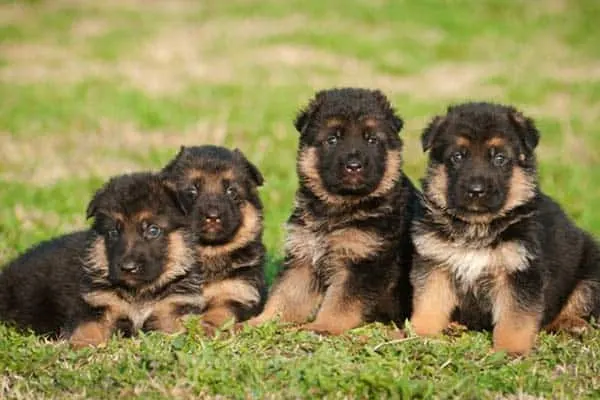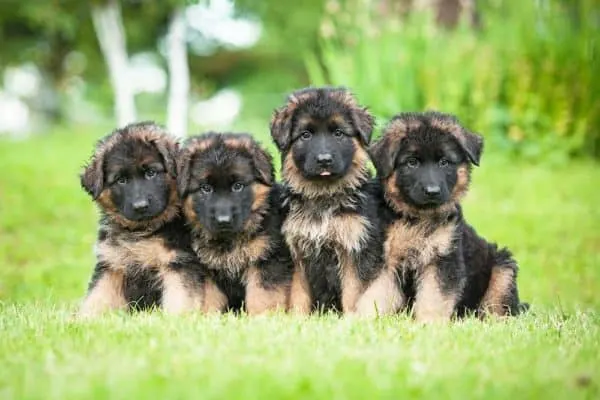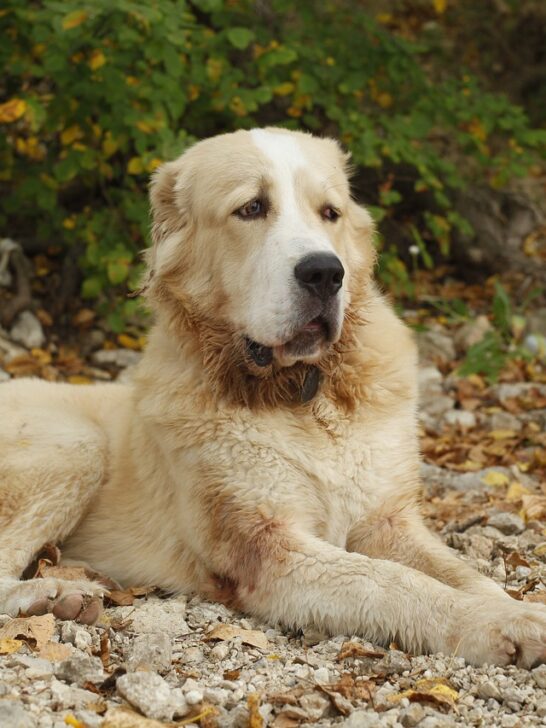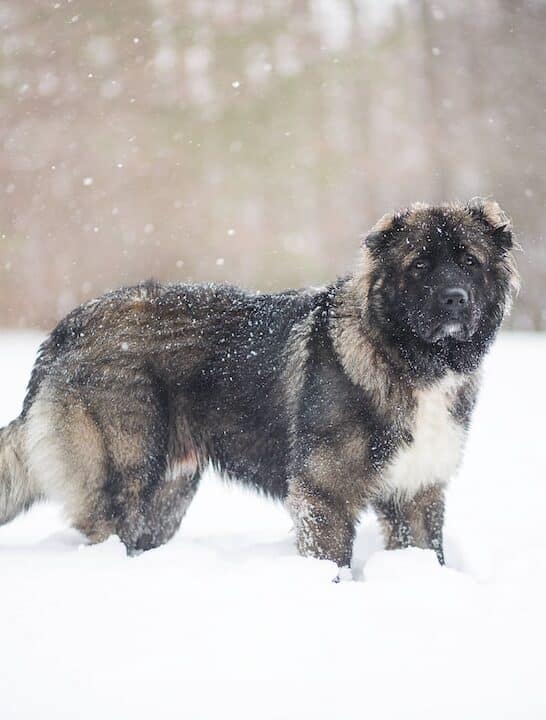How Many Puppies Do German Shepherds Have In Their First Litter?
German Shepherds can have anywhere from one to fifteen pups, with eight being the average. The average life expectancy of a German Shepherd is around 12 to 14 years.
What determines how many puppies a German Shepherd can have?
There are several factors that determine the size of a dog’s litter. For example, big dogs tend to have larger litters than do small dogs, simply because their size enables them to safely carry more puppies.

The Guinness Book of World Records listed the largest litter ever born to a dog as having 24 pups. That litter was born to a Neapolitan Mastiff in 2004. A female of this breed can weigh up to 130 pounds.
The age of the parents can also affect the size of the litter. Female dogs between two and five years old usually have the biggest litter, and the size of the litter decreases as the dog gets older.
A dog’s first two litters will usually be smaller than subsequent litters, however. The third and fourth litters tend to be the biggest.
Similarly, male dogs sire the most pups when they are between 1.5 and 5 years old. After their fifth year, the quality and count of a male dog’s sperm start to decline.
Nutrition and health will also influence litter size. A dog that is overweight or otherwise poorly nourished will have smaller litters than a dog that is healthy and well-nourished.
The time of birth also affects litter size. Dogs that give birth in the spring tend to have bigger litters than dogs that give birth at other times of the year.
What are the life stages of a German Shepherd dog?
Like cats, dogs have six life stages, which are as follows:
- Puppy
- Junior
- Adult
- Mature
- Senior
- Geriatric
A puppy is a juvenile dog that hasn’t yet reached puberty, which means it must be under six months old.
A junior is the canine version of a teenager, and this is usually the time period between six and twelve months old.
Adult dogs have completely finished growing and range between one and seven years old, while mature dog is at least seven years old. After this age, the dog will then be considered middle-aged.
The ages of the last two categories will depend on the breed. A senior dog is an older dog that has reached the final quarter of its life expectancy.
Since a German Shepherd has a life expectancy between 12 and 14 years, it will enter its senior years when it is between nine and 10.5 years old.
A geriatric dog is one that has reached the end of its stated life expectancy – and is still going strong. If Gunther the German Shepherd makes it to 15, he is considered geriatric.
Is it true that dogs age seven years for every human year?
No. Erika Mansourian, a writer for the American Kennel Club (AKC) website, says that this ‘belief’ dates back to the 1950s. She says it may have stemmed from an observation that dogs lived to be 10 years old, while humans lived to be 70 on average.
It is true that dogs age much faster than humans, but the extent and speed of this process depends on many factors.
The AKC notes that a dog’s aging process depends on its size. Larger dogs tend to age faster and have shorter life expectancies than smaller dogs.
The AKC divides dogs into four size categories:
- Small (20 pounds or under)
- Medium (21 to 50 pounds)
- Large (51 to 100 pounds)
- Giant (Over 100 pounds)
An adult male German Shepherd usually weighs between 66 and 88 pounds, and an adult female generally weighs between 49 and 73 pounds. German Shepherds thus fall into the “Large” category.
Large dog’s actually age 24 years during their first two years! Then, until they reach the age of five, they age four years every year.
Large dogs that are over five years old then generally age five or six years every year, and a German Shepherd that lives to be 14 is comparable to a human of 88.
How many puppies can German Shepherds have? puppy growth stages
It’s important to watch for different skills and behavioral milestones that will indicate if the puppy is developing the way it should.
The neonatal period describes the first three weeks of the puppy’s life. It is born completely helpless and depends on its mother for everything; it even needs her help to go to the bathroom.
The puppy will typically start to crawl when it is a week old, and its eyes will open a few days later.
The first baby teeth emerge when the puppy is two weeks old, and it will start going to the bathroom on its own around the same time.
The socialization period lasts from the third to the twelfth week.
Then, when the puppy can move, see, and hear, it needs to learn the social skills that will enable it to successfully interact with humans and other dogs.
However, it still needs to stay with its mother during this time, so she can teach it proper dog behavior and other vital life skills.
German Shepherds this age should also be introduced to humans to begin getting used to their presence.
They will generally begin playing with their littermates and their humans when they are about four weeks old.
Puppies that are at least seven weeks old can then be housebroken.
The following video covers the growth and development of a German Shepherd puppy from when it is seven weeks old to six months old.
The owner noted such physical changes as increasingly erect ears and darkening fur.
The juvenile period lasts from three to six months and ends when the dog reaches sexual maturity. By this age, the puppy has all of its baby teeth. It’s adult teeth will start emerging when it is four months old.
The puppy will be old enough for obedience school towards the end of the juvenile period.
By the time a German Shepherd is six months old, it will look mostly like an adult dog, but it has not yet finished growing.
It will have reached about 70 percent of its adult height and weight, and it will also have all of its adult teeth. German Shepherds, at this age should be spayed or neutered unless their owner plans to breed them.






















